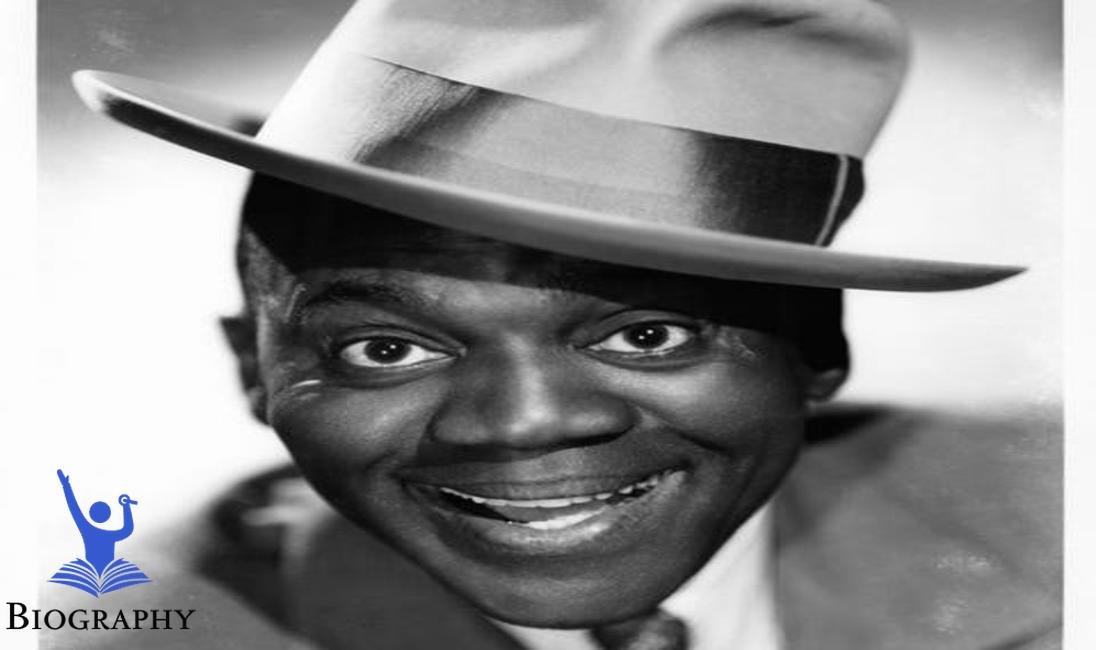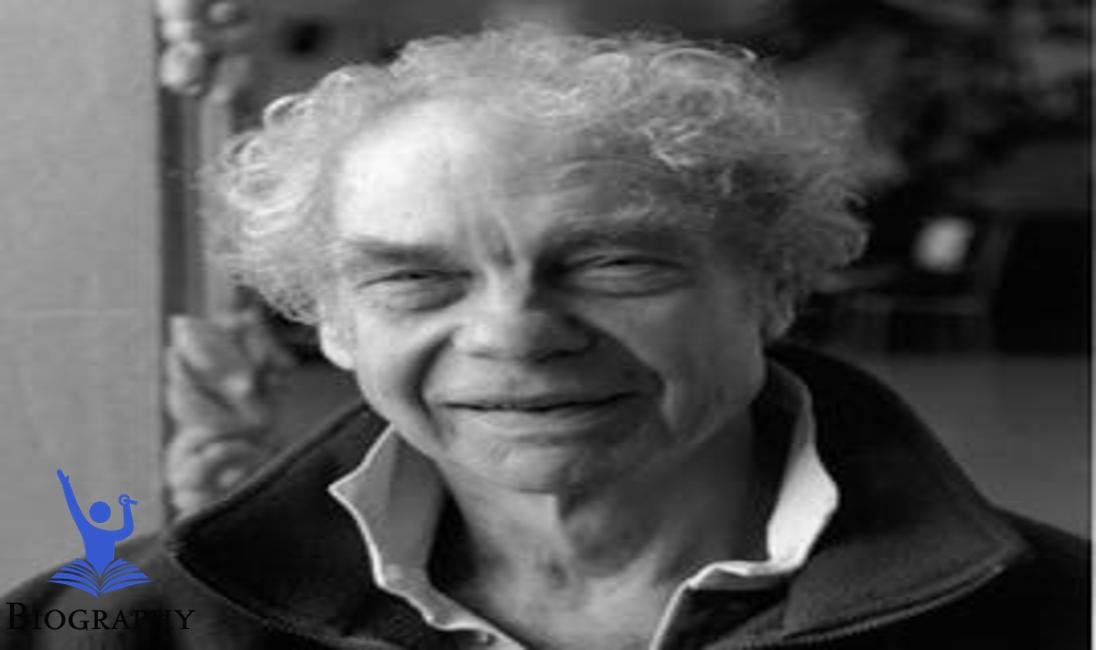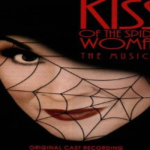Now Reading: Bill “Bojangles” Robinson| Quotes,Dancing Tap dancer, Broadway star, Vaudeville,Facts,& Wiki
-
01
Bill “Bojangles” Robinson| Quotes,Dancing Tap dancer, Broadway star, Vaudeville,Facts,& Wiki

Bill “Bojangles” Robinson| Quotes,Dancing Tap dancer, Broadway star, Vaudeville,Facts,& Wiki
Bill “Bojangles” Robinson: A Legendary Tap Dancer
Jump deeper into the life of Bill Bojangles Robinson, the infamous tap artist and entertainer who revolutionized jazz dancing in the 20th century. Explore his early battles, his rise to the top, his groundbreaking accomplishments, and his enduring legacy as an African-American performer who made Broadway and attractive history.
Quick Facts Table
| Attribute | Details |
|---|---|
| Age | 71 years (deceased) |
| Weight | Approximately 160 lbs |
| Height | 5 ft 5 in |
| Original Name | Bill Robinson |
| Eye Color | Brown |
| Children’s Names | None |
| Birthdate | May 25, 1878 |
| Spouse | Elitta Smith (m. 1923-1939) |
| Home | New York City |
| Hometown | Richmond, Virginia |
| Origin | African-American |
| Exes | None publicly recorded |
| Brand Ambassador Roles | None specific |
1. Early Life and Family
Charge Bojangles Robinson was born on May 25, 1878 in Richmond, Virginia. He was the boy of a hairdresser and housekeeper. Having a childhood in an isolated country, Robinson faced many hardships, but found joy in dance. He had an outstanding ability to kick and influence the music. His early influences included the vibrant African-American culture around him, which prepared him for the thrill of execution.
His family supported his involvement. Robinson’s mother insisted on getting a server to dance. This initial support allowed him to explore his innovations from the start. Rather than face racial discrimination, he continued to move forward and hone his abilities, performing frequently in the club to capture the audience.
2. Early Career and Struggles
Robinson’s career began in the late 1890s when he joined a traveling pleasure troupe. His most memorable and important memory was when he was 15 years old. It was hard to be famous at all. Journalism was full of challenges, especially for African American artists. Robinson developed a negative attitude and open doors, which led to wars early in his career.
During these early years he performed in musicals and vaudeville shows. He faced distrust especially when he applied for a job that often respected dark entertainers. Despite these challenges, it was still in the air, fulfilling its own uniqueness.
3. Rise to Stardom
The 1920s saw a turning point in the career of Bill “Bojangles” Robinson. She made a name for herself by incorporating intricate techniques and dance moves into her exhibits. His second debut came when he appeared in the hit “Blackbirds of 1928,” which showcased his imaginative tap dancing abilities.
Robinson became known for his charm, precision and hard work. He easily blends traditional dance floor taps with jazz rhythms, which earned him wide acceptance. His combination of notoriously slick shoes, effortlessness and humor set him apart from his peers. Robinson has long become one of the most generously paid entertainers of his time, cementing his status as a star in the attraction world.
4. Success
By the 1930s and 1940s, Robinson’s fortunes had improved. She starred in several movies, including “Top Size,” and “The Little Colonel,” where she worked with famous luminaries like Shirley Sanctuary. His shrine to the dance floor in “The Little Colonel” was spectacular, wowing the crowd with his charm and charm.
Robinson’s commitments to Broadway also won him recognition. His collaborations in such shows as “Lodge overhead” and “Rufus Jones for President” demonstrated his incredible ability and he promoted tap-walking as the mainstay of American adaptations His exhibits appealed to a diverse crowd and highlighted elements of tap dance.
Similarly, Robinson broke boundaries in the business for African Americans, preparing people for the future of artists. He is remembered for his unprecedented power and courage in the face of racial barriers.
5. Failure
Despite his feats, Robinson additionally met with bad luck. A great temptation was that the racial prejudices which pervaded the society, partially prevented its possibilities. As she gained standard popularity, she often fought to be seen seriously past her exhibits. The media can be unforgiving, especially for African American artisans.
Similarly, Robinson portrayed clichéd African-American work in films. A few felt that his exhibits reinforced speculation rather than challenged it. Despite this reaction, Robinson remained committed to his main role and made sure to portray the interests of African Americans.
6. Television Career
With the rise of TV in the 1950s, Robinson adapted to the changing landscape. He appeared on a variety of shows, including guest spots on popular projects such as “The Ed Sullivan Show.” Her beauty and power translated perfectly to the small screen, drawing in the crowd with her captivating dance moves.
Robinson did a lot more with his TV show. He set a positive example for young artists, especially African-Americans, showing them that power and hard work can inspire progress. Its commitments during this time helped keep the audience alive in the identity of the tap’s movement features, which became a staple of American culture.
7. Humanitarian Work
When Robinson passed the stage, he became very involved in the relief work. He often used his fame to accumulate wealth for various purposes. He was particularly passionate about helping abused boys and saw that humanitarian expressions could get young people to open doors. Robinson donated his time and money to associations geared toward improving the underrated grid.
His commitment to social progress was evident in his work. He reflected on the incredible power of music and dance, advocated for unity, and backed the rights of African Americans in the media. Robinson’s contribution to the practical exercise left a good impression, along with the spirit of community advocacy.
8. Personal Life and Controversies
Robinson’s personal life was almost as vivid as his presentation. After a brief relationship with Elitta Smith, their relationship became tumultuous, leading to a separation. Robinson’s lifestyle drew a lot of attention and saw her relationships and circle of friends scrutinized. Her roller coaster love life racked up media titles, but Robinson insisted on her career.
Despite the accolades, Robinson faced his own challenges, especially related to his well-being. At the end of his life he faced financial difficulties and medical problems that overshadowed his extraordinary career.
9. Legacy / Awards
Supposedly “Bojangles” Robinson’s property ’til now. His promises of tap moving and media agencies have inspired countless enthusiasts. He is considered one of the finest tap artists in many fields, and his influence on current dance forms is evident.
Robinson’s recognition includes numerous honors and recognitions. She was posthumously inducted into the Tap Ballroom of Distinction and is acclaimed by dance fans around the world. His amazing crowd-connecting skills, pioneering spirit and special dedication have earned him a place in the hearts of many
Conclusion
All in all, Bill “Bojangles” Robinson‘s unprecedented life was full of accomplishments, battles and awesome power. For a tap artist admired by a tiny peer group in Richmond, his journey is a demonstration of extraordinary strength and artistic efficiency. Robinson’s impact on dance history and its appeal is unparalleled, making him an enduring legend in expressive dance, especially tap dance and jazz His legacy inspires a new era of entertainers and performers, our African American rich history of skill, a culture of vigor And it helps to remember








































